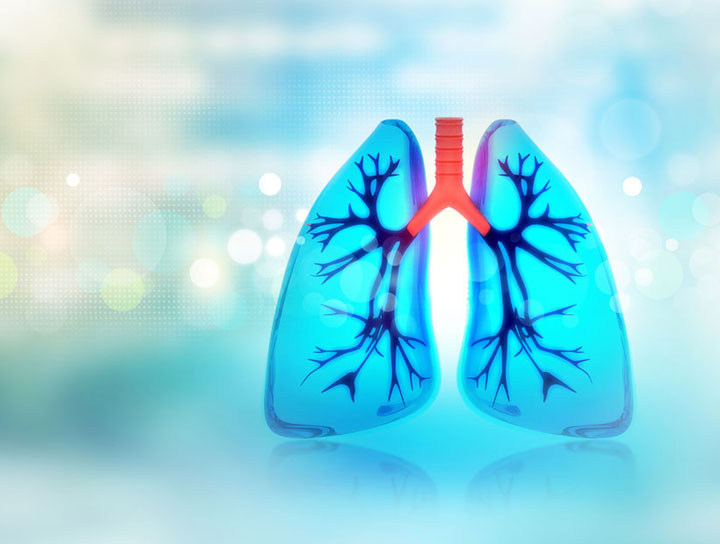Bronchoalveolar Lavage

Bronchoalveolar lavage (BAL) is a diagnostic procedure used in pulmonary medicine to obtain a fluid sample from the lungs' bronchoalveolar spaces. During BAL, a bronchoscope is inserted into the airways, and a small amount of sterile saline is instilled and then suctioned back, collecting cells and other components for analysis. This technique is valuable in diagnosing various lung conditions, such as infections, interstitial lung diseases, and malignancies, providing clinicians with essential insights into the underlying pathology and guiding appropriate treatment strategies.
Introduction
By engaging in this continuing education activity, clinicians can understand bronchoalveolar lavage comprehensively, refining their expertise in performing and interpreting the procedure. This educational initiative may cover updated techniques, advancements in technology, and evidence-based practices related to BAL. Clinicians stand to enhance their proficiency in ensuring patient safety during the procedure, sharpen their skills in obtaining and analyzing BAL samples, and integrate the latest research findings into clinical decision-making. Furthermore, participation in this CME activity can foster a deeper appreciation for interdisciplinary collaboration, ultimately empowering clinicians to provide more informed, patient-centered care in pulmonary medicine.
Objectives
- Identify appropriate candidates for bronchoalveolar lavage by recognizing clinical indications and contraindications, ensuring a thorough patient assessment.
- Assess and interpret bronchoalveolar lavage results effectively, integrating findings into a comprehensive clinical context to guide accurate diagnoses and informed treatment plans.
- Select appropriate equipment, including bronchoscopes and suction devices, ensuring proficiency in handling and troubleshooting during bronchoalveolar lavage procedures.
- Collaborate with interdisciplinary healthcare teams, fostering effective communication and coordination to ensure seamless integration of bronchoalveolar lavage into comprehensive patient care plans.
Procedure Overview
Bronchoalveolar lavage (BAL) is a minimally invasive medical procedure characterized by the infusion of sterile normal saline into a specific subsegment of the lung. Subsequently, suction is applied to retrieve and analyze the instilled fluid. Initially conducted using a rigid bronchoscope, this procedure was employed as a therapeutic measure for diverse conditions such as asthma, cystic fibrosis, and alveolar proteinosis.
In contemporary practice, BAL has evolved, now facilitated through a flexible bronchoscope introduced into the targeted subsegment of the lung. The method's origins trace back to the collaborative efforts of American physicians Reynolds and Newball in 1974 within the state of Maryland. Presently, BAL primarily serves as a diagnostic tool for assessing pathology within the lower respiratory tract. Additionally, this procedure demonstrates therapeutic efficacy in select, less common circumstances.
Anatomy and Physiology
The anatomy and physiology of BAL involve a meticulous understanding of the respiratory system, the bronchial tree, and the alveolar structures. The respiratory system comprises the upper respiratory tract (nose, pharynx, larynx) and the lower respiratory tract (trachea, bronchi, bronchioles, and alveoli). The bronchial tree extends from the trachea and branches into the bronchi, further divided into bronchioles. Alveoli are tiny, air-filled sacs located at the distal ends of bronchioles where gas exchange occurs. The lower respiratory tract is particularly interesting in BAL, as it typically targets specific subsegments of the bronchial tree and the alveoli, allowing for localized sampling.
The respiratory system's primary function is to facilitate gas exchange, with oxygen entering the bloodstream and carbon dioxide being expelled. Alveoli are populated by specialized cells, including alveolar macrophages, which play a crucial role in immune defense by engulfing and clearing foreign particles. BAL retrieves fluid and cellular material from the lower respiratory tract, providing diagnostic information about cellular composition, infection, inflammation, and other pathological processes.
Understanding the intricate interplay between the anatomy and physiology of the respiratory system is essential for performing and interpreting BAL effectively in a clinical setting. This knowledge allows healthcare professionals to gain valuable diagnostic information and contribute to managing respiratory disorders.
